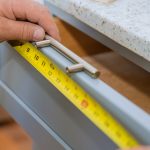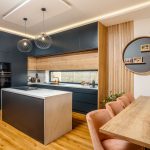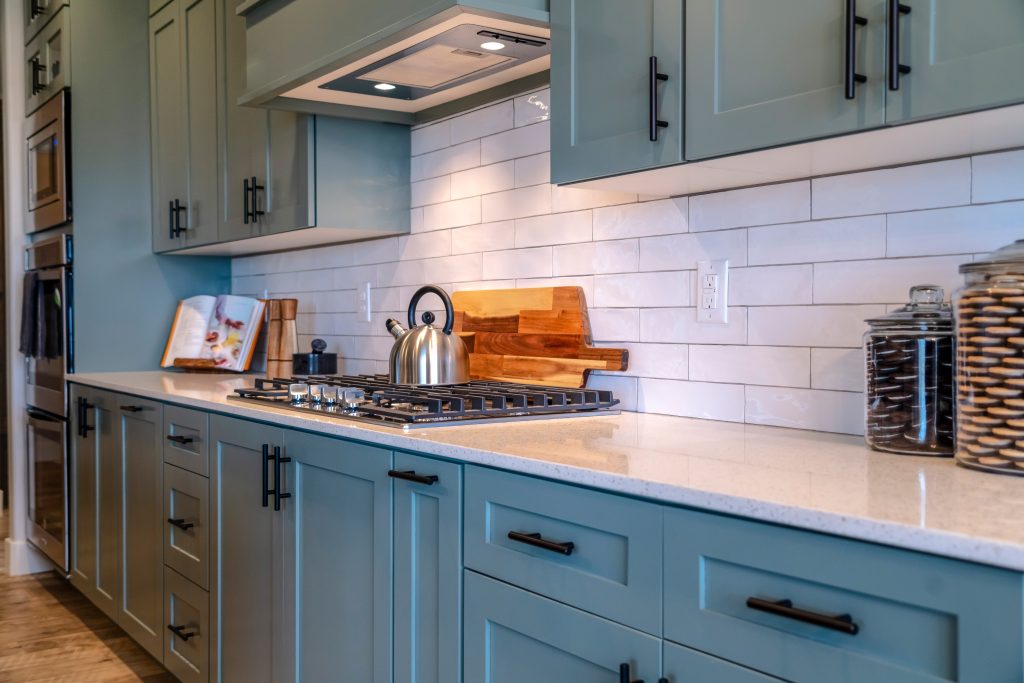
The world of cabinetry is rich and diverse, offering homeowners and designers alike a plethora of options to customize kitchens. Two major players in this arena are frameless cabinets and full overlay or full coverage cabinets.
Each has its unique charm, functionality, and aesthetics. But what exactly sets them apart? Today, we’ll dive deep into the intricate world of frameless doors, vs. the appeal of a full overlay cabinet door. Along the way, we’ll touch on important products like hinges and cabinet doors to give you a well-rounded understanding.
What Are Frameless Cabinets?
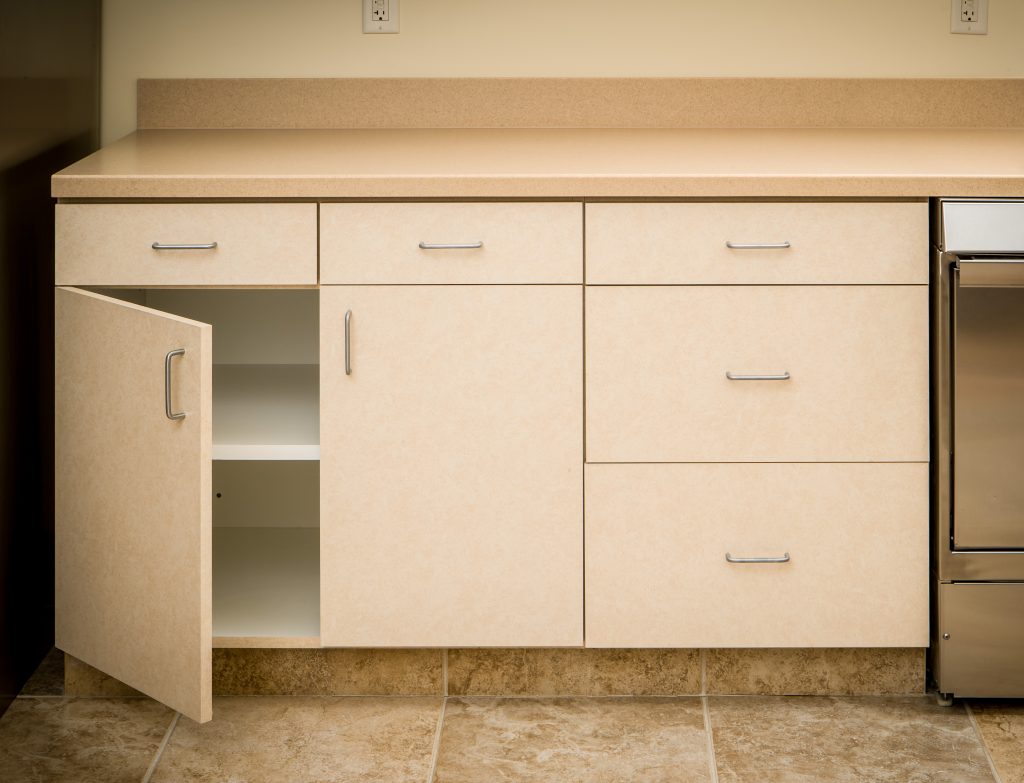
Frameless cabinets, sometimes referred to as European-style cabinets, provide a modern, sleek look. These cabinets do not have a face frame over the cabinet opening. Instead, the cabinet doors attach directly to the sides of the cabinet box. The hallmark of frameless cabinets is their clean lines and full accessibility.
Benefits of Frameless Cabinets
– Clean Lines: One of the major styles associated with frameless cabinetry is ‘clean lines’. With no face frame to break up the front of the cabinet, the doors and drawer fronts fit closely together, offering a seamless appearance.
– Full Accessibility: Without the face frame, there’s more accessible storage space within the cabinet. This makes frameless kitchen cabinets particularly desirable for those looking to maximize storage.
– Versatile Hardware Options: Frameless cabinet hinges are specially designed to support the cabinet’s construction, providing smooth operation and a wide array of design choices.
Framed vs Frameless Cabinets
When comparing framed vs frameless cabinets, the most obvious difference is the face frame. Framed cabinets have a wooden frame that surrounds the front of the cabinet box, and it’s this frame to which the doors are attached.
Most kitchens are framed. Newer kitchens are more likely to be frameless and will always be full overlay.
Full Overlay or Full Coverage Cabinets
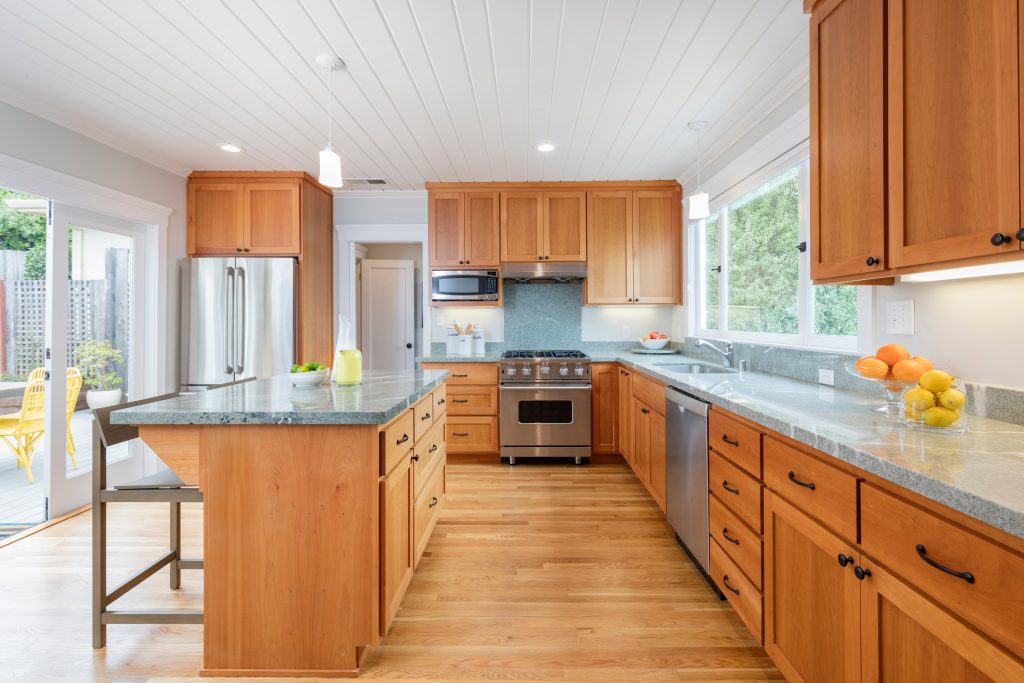
Full overlay cabinets, sometimes known as full coverage cabinets, are designed such that the cabinet doors cover the entire face frame or cabinet box (in the case of frameless cabinets). Here’s a breakdown:
– For Framed Cabinets: When you use a full overlay door on a framed cabinet, it covers almost the entire face frame. The look is similar to that of frameless cabinets. However, there may be tiny spaces where the frame peeks through.
– For Frameless Cabinets: As mentioned earlier, newer kitchens that are frameless will always use full overlay doors. This is because there’s no face frame to overlay, so the door covers the entire front of the cabinet box.
Older kitchens, if framed, can go full overlay and the look will be very similar to the frameless cabinets.
The Role of Hinges in Cabinet Design
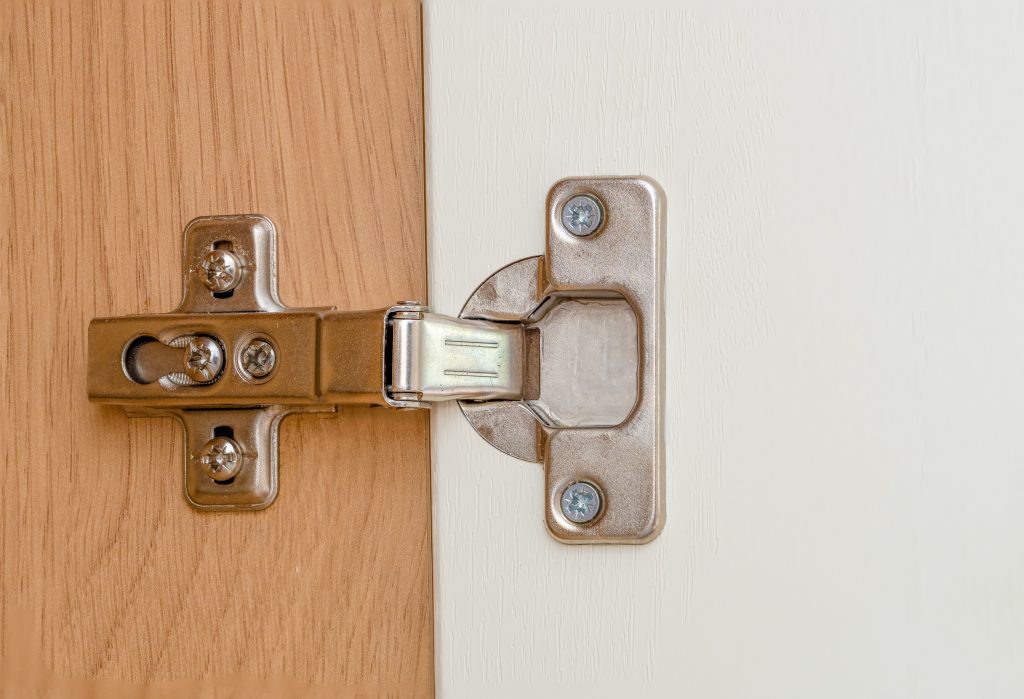
Now that we’ve talked about the cabinets themselves, let’s touch on the unsung heroes of cabinetry – the hinges. Whether you’re looking at inset cabinets, frameless cabinets, or full overlay cabinets, hinges play a crucial role.
– Inset Cabinet Hinges: Specifically designed for inset cabinetry, these hinges ensure that the cabinet door lies flush with the face frame.
– Full Overlay Cabinet Hinges: Essential for achieving that seamless look in full overlay cabinets, these hinges are designed to support the weight of the door while ensuring smooth operation.
– Frameless Cabinet Hinges: These are concealed hinges designed exclusively for the frameless cabinet structure. They offer a wide opening angle and are adjustable in three directions.
Choosing Your Cabinet Doors
The final piece of the puzzle is the cabinet door itself. At Fast Cabinet Doors, we offer an array of cabinet doors suited for both frameless and full overlay applications. Whether you’re aiming for a modern aesthetic with frameless kitchen cabinets or you want the timeless look of inset kitchen cabinets, we’ve got you covered.
Cabinetry is more than just storage; it’s a design statement. The choice between frameless and full overlay cabinets ultimately boils down to personal preference, functionality needs, and design aesthetics. Both options offer their unique benefits, and with the right hinges and cabinet doors, you can achieve the perfect look for your kitchen.
Remember, whether you’re retrofitting an older kitchen or starting from scratch, understanding the nuances of cabinetry will ensure you make informed decisions. Explore our range of hinges and cabinet doors to find the perfect match for your cabinetry needs. Happy designing!



